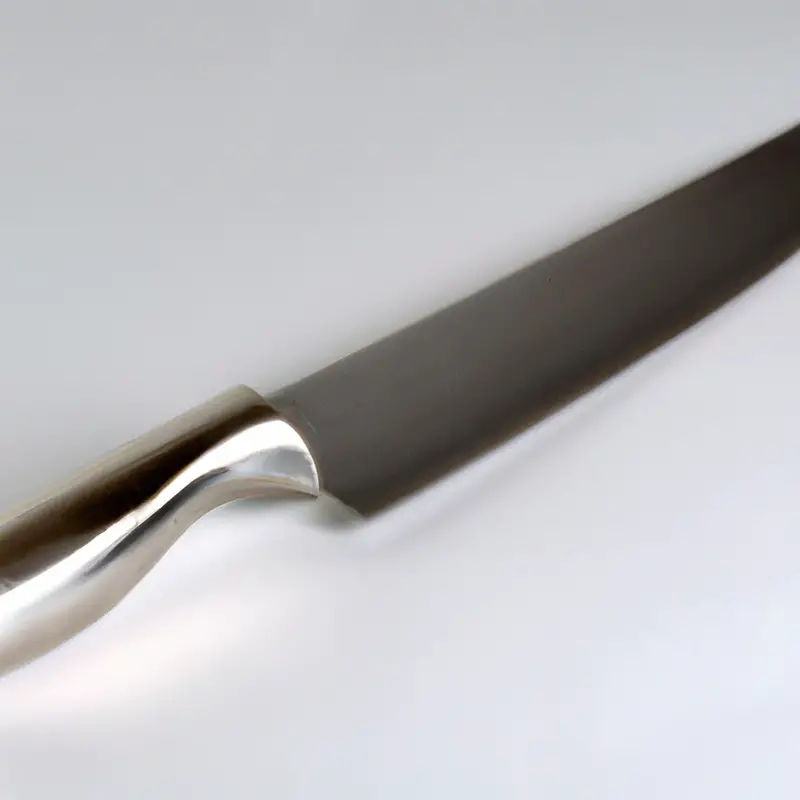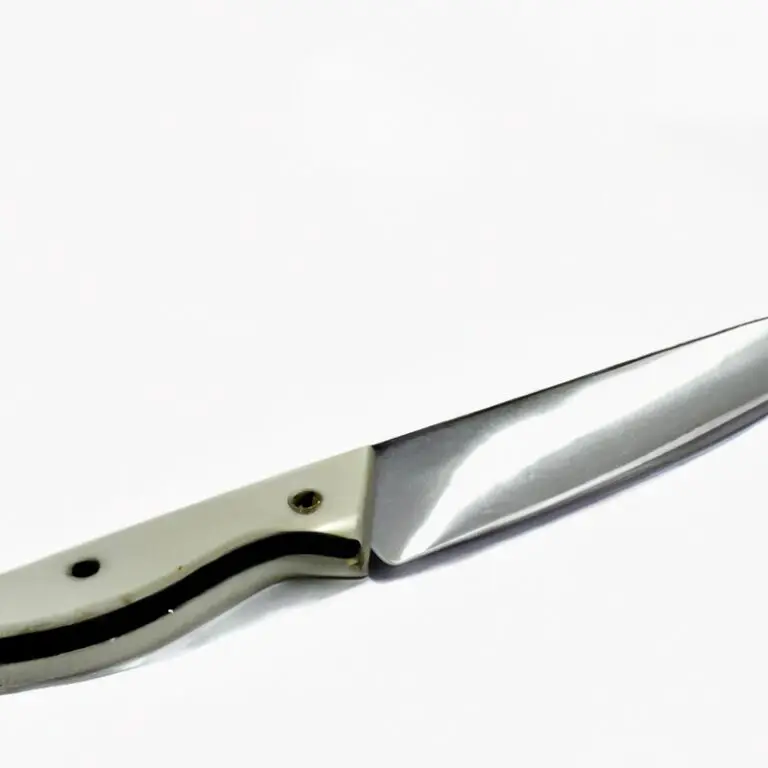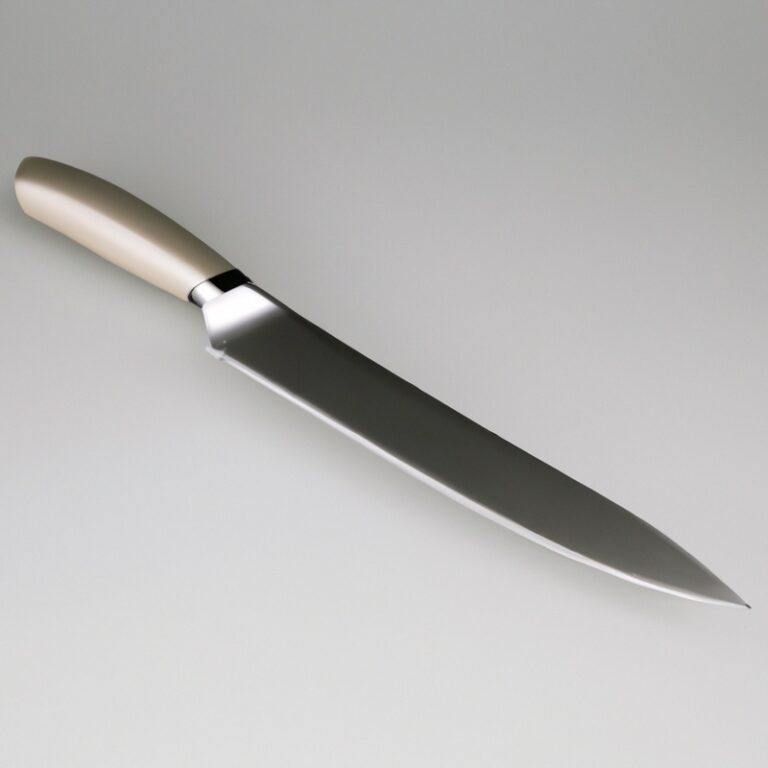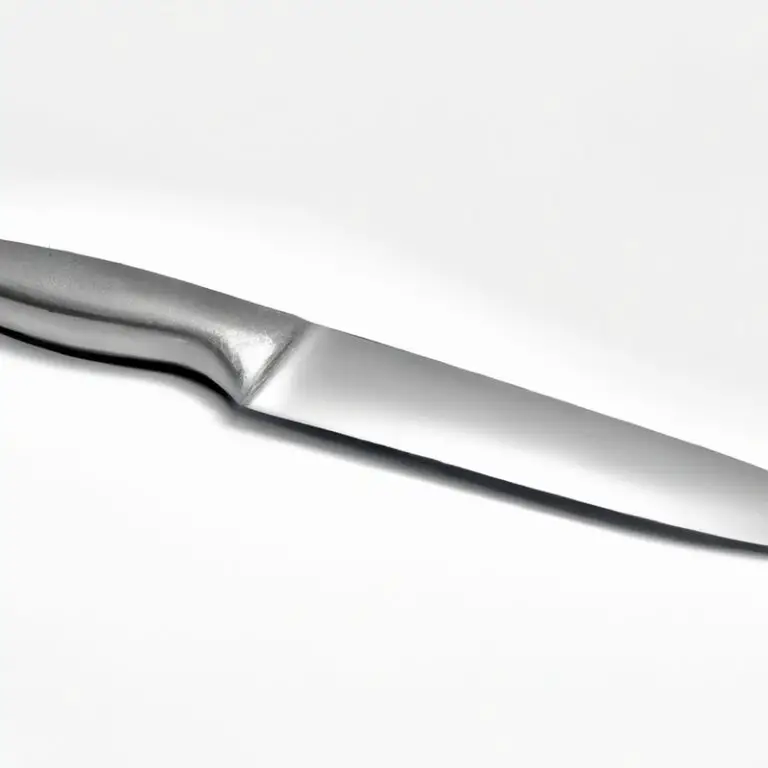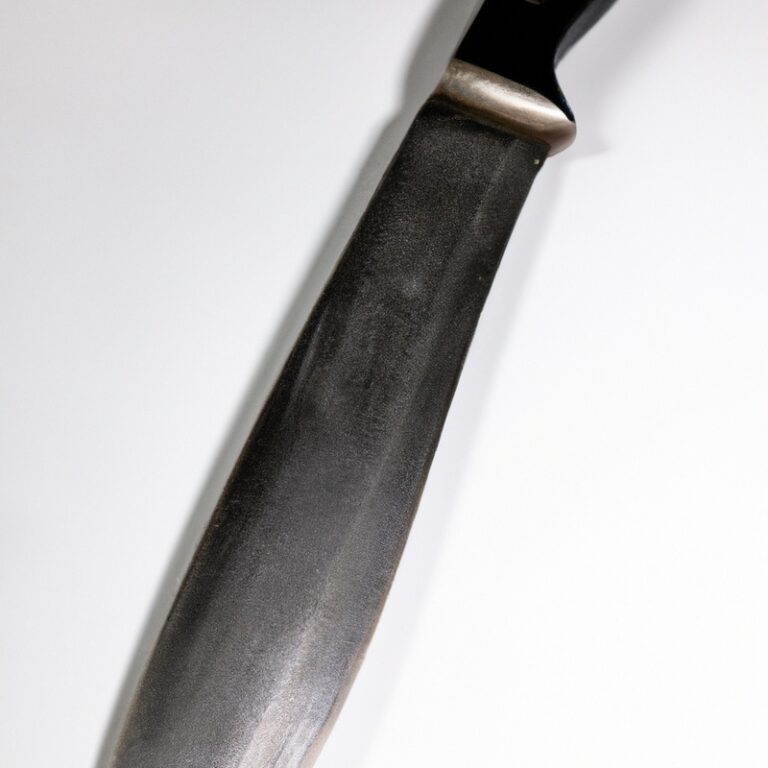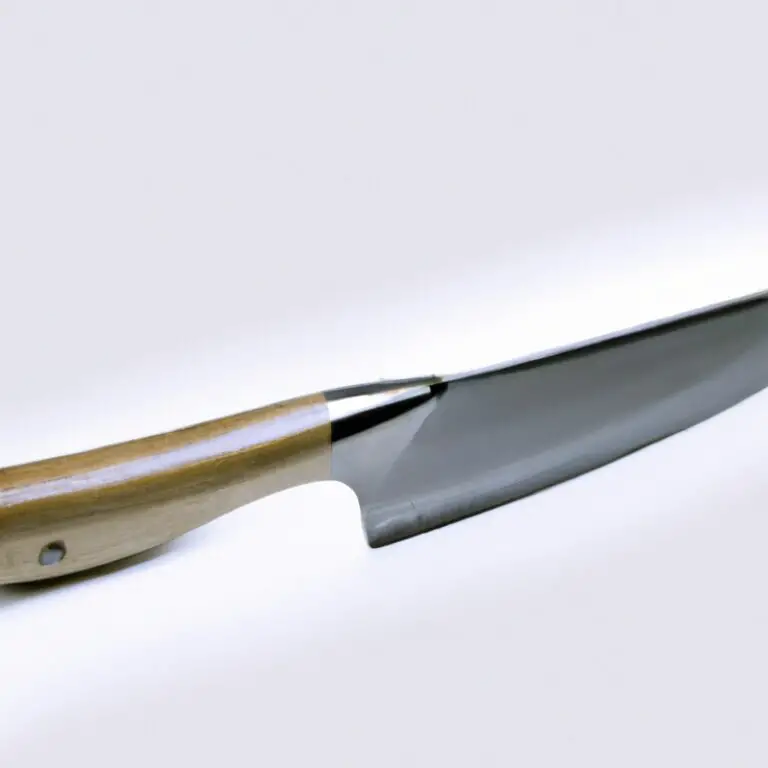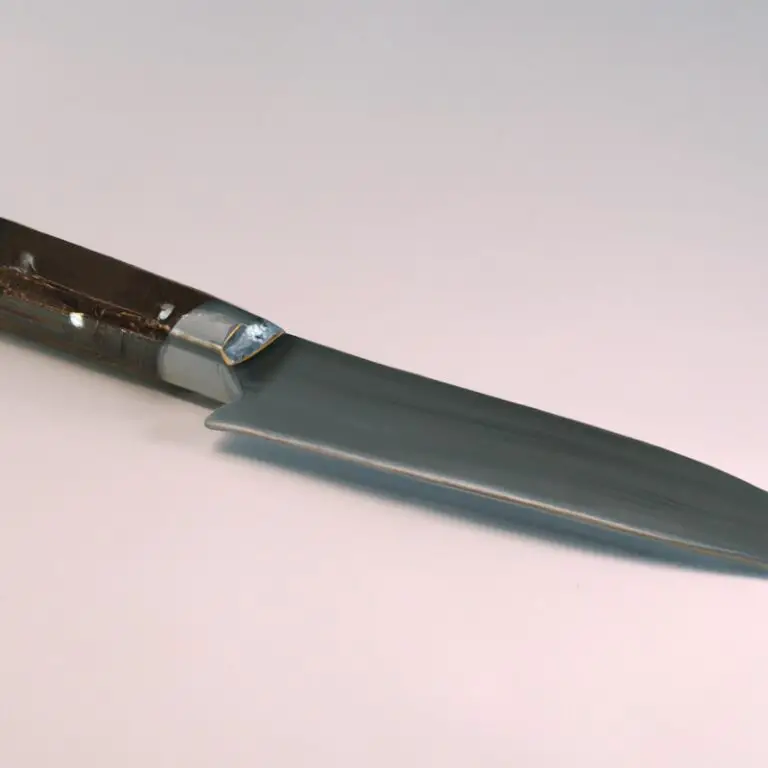Which Knife Steel Is Most Suitable For Tactical Knives?
Key Takeaways:
- High carbon stainless steel is the most suitable for tactical knives due to its durability and resistance to corrosion.
- The addition of tungsten and vanadium to steel enhances its hardness and edge retention, making it ideal for tactical knives.
- Steel with a Rockwell hardness of 55-58 HRC strikes the right balance between durability and ease of sharpening, making it well-suited for tactical knives.
- Consider the specific requirements of the intended use and choose a knife steel that best aligns with those needs for optimal performance.
Are you searching for the ultimate tool that combines exceptional strength, durability, and performance?
Look no further than tactical knives.
These specialized blades are designed to endure the toughest conditions, making them essential for military personnel, law enforcement officers, and outdoor enthusiasts alike.
But what sets tactical knives apart from regular ones?
The answer lies in the knife steel.
As an expert in the field, I am here to guide you through the world of knife steel and help you understand which type is most suitable for tactical knives.
Join me as we explore the crucial factors to consider, popular knife steels, and how to choose the perfect blade for your needs.
Get ready to upgrade your gear and level up your game!
| Knife Steel | Pros | Cons |
|---|---|---|
| Stainless Steel | Resistant to corrosion, easy to maintain | Less edge retention compared to high carbon steels |
| High Carbon Steel | Excellent edge retention, easy to sharpen | Prone to corrosion, requires more maintenance |
| Tool Steel | High durability and resistance to wear | Requires regular maintenance to prevent corrosion |
Understanding the Importance of Knife Steel in Tactical Knives
What Makes Tactical Knives Different from Regular Knives
What sets tactical knives apart from regular knives is their design and functionality. Tactical knives are specifically designed for military, law enforcement, and survival purposes.
They are built to withstand heavy use and abuse, making them more durable and reliable than regular knives.
Their features, such as a fixed blade, full tang construction, ergonomic handle, and versatile blade shape, allow for optimal performance in demanding situations. Tactical knives are also designed to be easily deployable and have features like a pocket clip, assisted opening mechanism, or a sheath for quick access.
Moreover, tactical knives often incorporate additional tools or functions like a glass breaker, seatbelt cutter, or built-in firestarter, depending on the specific needs of the user.
These extra features make tactical knives versatile tools that can be used in a variety of situations. Overall, the purpose-driven design and enhanced functionality make tactical knives a preferred choice for professionals and outdoor enthusiasts who rely on their equipment in critical situations.
The Role of Knife Steel in Tactical Knife Performance
The knife steel used in tactical knives plays a significant role in determining their performance. It affects various aspects such as hardness, corrosion resistance, toughness, and edge retention.
The right steel can ensure a durable blade that can withstand heavy use and abuse.
It should also maintain its sharpness for extended periods, ensuring reliable cutting performance. Different knife steels offer their unique combination of these characteristics, allowing users to choose the most suitable option for their specific needs and operating conditions.
Considering the role of knife steel is essential when selecting a tactical knife that will perform optimally in demanding situations.
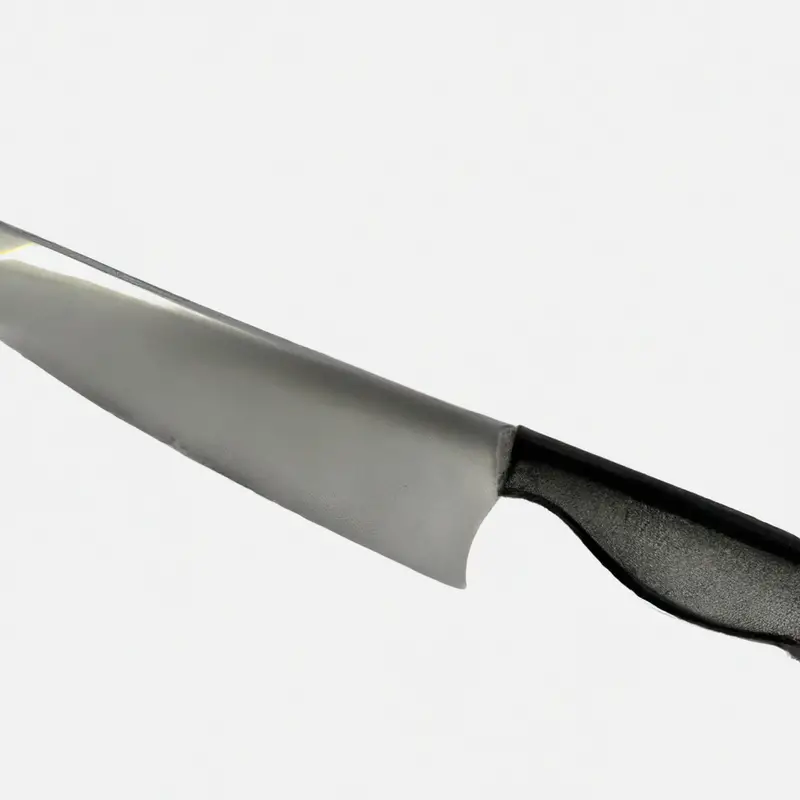
Factors to Consider When Choosing Knife Steel for Tactical Knives
Blade Hardness: Finding the Right Balance
Blade hardness is a key factor to consider when choosing a steel for tactical knives.
It’s all about finding the right balance.
A blade that’s too soft won’t hold its edge, while one that’s too hard may become brittle and prone to chipping.
The goal is to find a steel with optimal hardness, providing durability and edge retention without sacrificing toughness.
It’s important to assess your specific needs and preferences to determine what balance of blade hardness will best suit your intended use.
Corrosion Resistance: Ensuring Durability in Harsh Environments
Corrosion resistance is a crucial factor to consider when choosing a knife steel for tactical knives. It ensures durability in harsh environments by preventing rust and deterioration of the blade.
Without proper corrosion resistance, the knife may not withstand exposure to moisture, saltwater, or other corrosive substances.
By selecting a steel with high corrosion resistance, you can ensure that your tactical knife will remain durable and reliable even in challenging conditions.
Toughness: Withstanding Heavy Use and Abuse
Toughness is a crucial factor to consider when choosing knife steel for tactical knives. It refers to a blade’s ability to withstand heavy use and abuse without chipping, cracking, or breaking.
A tough knife steel can handle demanding tasks such as prying, batoning, and piercing without compromising its structural integrity.
To ensure toughness, look for knife steels that have been specifically designed to be durable and impact-resistant. These steels are often heat-treated to improve their toughness and overall performance.
High-quality knife steels like D2, S30V, CPM-S35VN, and M390 are renowned for their toughness and are widely used in the production of tactical knives.
By selecting a tough knife steel, you can trust that your tactical knife will endure rigorous use and remain reliable in challenging situations.
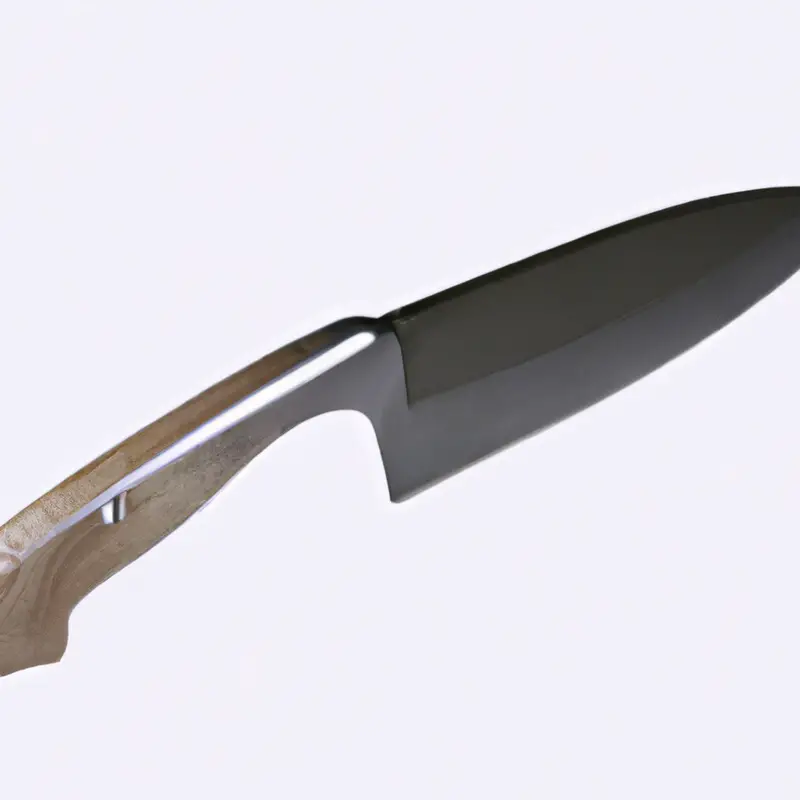
Edge Retention: Maintaining Sharpness for Extended Periods
When choosing a knife steel for tactical knives, one crucial aspect to consider is edge retention. Edge retention refers to the ability of the knife’s blade to maintain sharpness for extended periods of use.
High-quality knife steels with excellent edge retention will ensure that your knife stays sharp even after repeated use and tasks.
This is particularly important for tactical knives, as they are often used in demanding and high-stress situations where a dull blade can be dangerous. Different knife steels offer varying levels of edge retention, so it’s essential to choose one that fits your needs and requirements.
Consider factors such as the intended use of the knife, the environment it will be used in, and the operating conditions it will face.
By carefully selecting a knife steel known for its edge retention capabilities, you can ensure that your tactical knife stays sharp and ready for action whenever you need it.
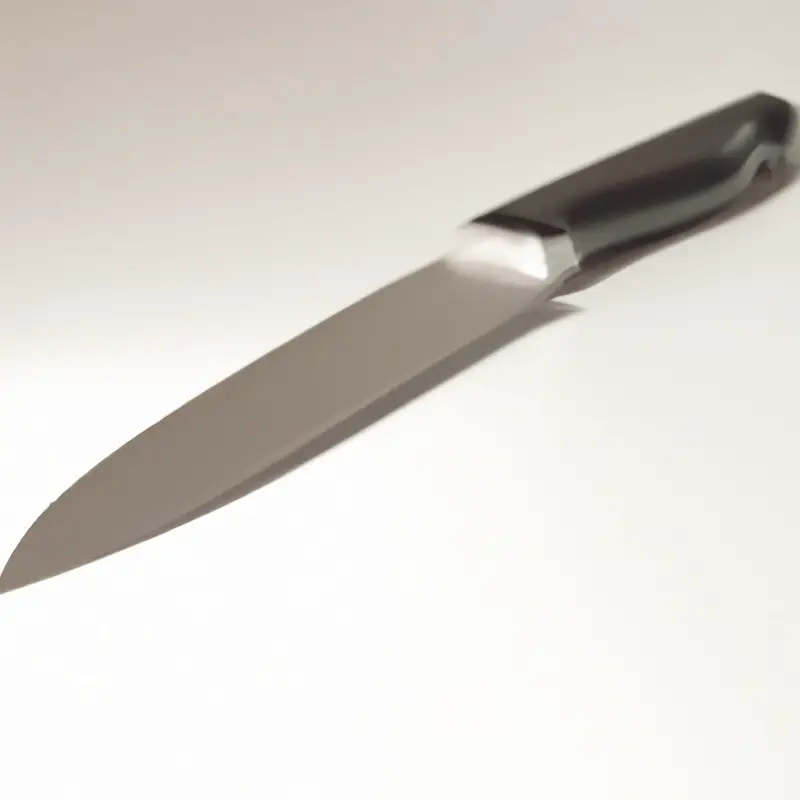
Popular Knife Steels for Tactical Knives
D2 Steel: Highly Durable and Wear-Resistant
D2 steel is known for its exceptional durability and resistance to wear.
It is a popular choice for tactical knives due to its ability to withstand heavy use and abuse.
D2 steel exhibits a high level of hardness, making it ideal for tasks that require a sharp edge and excellent edge retention.
Additionally, this steel possesses good corrosion resistance, ensuring its longevity in harsh environments.
If you’re looking for a knife that can handle tough conditions and maintain its performance, D2 steel is a reliable option.
S30V Steel: Excellent Balance of Hardness and Corrosion Resistance
S30V steel is known for its excellent balance of hardness and corrosion resistance. The steel is classified as a high-end stainless steel and is often used in tactical knives due to its impressive performance.
With a Rockwell hardness of 58-60, S30V steel offers great edge retention, allowing your knife to stay sharp for extended periods.
Additionally, it has excellent corrosion resistance, which is crucial for durability in harsh environments. When it comes to tactical knives, S30V steel is definitely a top choice for those seeking a combination of hardness and corrosion resistance.
CPM-S35VN Steel: Enhanced Toughness and Edge Retention
CPM-S35VN steel is known for its exceptional toughness and edge retention.
This high-quality steel has been specially designed to withstand heavy use and abuse, making it an excellent choice for tactical knives.
Its enhanced toughness ensures that the blade can handle demanding tasks without chipping or breaking.
Additionally, CPM-S35VN steel retains its sharp edge for extended periods, reducing the need for frequent sharpening.
With this steel, you can trust that your tactical knife will be both durable and reliable in any situation.
M390 Steel: Premium Performance in All Aspects
M390 steel offers exceptional performance in all aspects, making it an excellent choice for tactical knives.
This premium steel is known for its high hardness, corrosion resistance, toughness, and edge retention.
Its superior composition, including high levels of chromium, vanadium, and molybdenum, ensures durability and reliability in demanding situations.
Whether you need a knife that can withstand heavy use, resist harsh environments, or maintain a sharp edge for extended periods, M390 steel delivers top-notch performance that will meet your needs.
Comparing Knife Steels for Tactical Knives
Strengths and Weaknesses of D2 Steel
D2 steel is known for its high wear resistance, making it a popular choice for tactical knives. Its strengths include excellent edge retention, durability, and toughness, allowing it to withstand heavy use and abuse.
However, D2 steel has some weaknesses as well.
It is not as corrosion-resistant as other stainless steels, so it requires regular maintenance to prevent rust. Additionally, it can be quite difficult to sharpen, requiring specialized tools and techniques.
Consider these factors when deciding if D2 steel is the right choice for your tactical knife needs.
Pros and Cons of S30V Steel
S30V steel is highly regarded in the knife community for its excellent balance of hardness and corrosion resistance.
Pros:
- High Hardness: S30V steel is known for its exceptional hardness, which means it can hold its edge well even under heavy use.
- Good Corrosion Resistance: This steel is highly resistant to rust and corrosion, making it ideal for use in harsh environments or when exposed to moisture.
- Excellent Edge Retention: The combination of high hardness and fine-grained structure allows S30V to maintain a sharp edge for extended periods, reducing the need for frequent sharpening.
Cons:
- Relatively Difficult to Sharpen: Due to its high hardness, S30V can be more challenging to sharpen compared to some other steels. Using the right sharpening tools and techniques is crucial to achieve the desired results.
- Higher Cost: S30V is a premium steel, and knives made with this steel tend to be more expensive. However, the quality and performance it offers can make it worth the investment for serious users.
Overall, S30V steel is an excellent choice for tactical knives that require a combination of hardness, corrosion resistance, and edge retention.
It is especially suitable for those who prioritize performance and durability in their knives, and are willing to invest in a high-quality steel.
Analyzing the Characteristics of CPM-S35VN Steel
CPM-S35VN steel is a high-performance stainless steel commonly used in tactical knives. It offers several desirable characteristics that make it a popular choice.
Firstly, its exceptional toughness ensures it can withstand heavy use and abuse without breaking or chipping.
Secondly, it has excellent corrosion resistance, making it suitable for harsh environments. Thirdly, this steel also boasts remarkable edge retention, allowing for extended periods of sharpness.
Overall, CPM-S35VN steel provides a great balance of toughness, corrosion resistance, and edge retention, making it an excellent choice for tactical knives.
Evaluating the Performance of M390 Steel
M390 steel is known for its exceptional performance in tactical knives.
It is a premium steel that offers a perfect balance of hardness, corrosion resistance, toughness, and edge retention.
With a Rockwell hardness of 60-62 HRC, it holds a razor-sharp edge for extended periods.
Moreover, it has excellent corrosion resistance, making it ideal for use in harsh environments.
Additionally, M390 steel is highly durable and can withstand heavy use and abuse.
Its overall performance makes it a top choice for those who demand the best from their tactical knives.
Choosing the Right Knife Steel for Your Needs
Identifying Your Intended Use and Requirements
To choose the right knife steel for your tactical knife, it’s important to first identify your intended use and requirements.
Think about how you plan to use the knife – will it be for self-defense, survival, or everyday carry?
Consider the tasks you’ll need to perform and the environments you’ll encounter.
Next, evaluate your specific requirements.
Do you prioritize hardness for edge retention, corrosion resistance for durability, or toughness for heavy use?
By understanding your needs, you can narrow down the options and find the knife steel that best suits your intended use and requirements.
Considering the Environment and Operating Conditions
When considering the environment and operating conditions for your tactical knife, it’s important to think about the potential challenges it will face. Factors such as temperature, humidity, exposure to water or corrosive materials, and the need for stealth can all impact your choice of knife steel.
For humid or wet environments, corrosion-resistant steels like CPM-S35VN or M390 are ideal.
If you expect to encounter extreme temperatures, a steel like D2 that can handle high heat may be more suitable. Think about your specific needs and choose a knife steel that can perform well in those conditions.
Balancing Cost and Performance Factors
When choosing the right knife steel for your tactical knives, it’s important to find a balance between cost and performance factors.
You want a steel that is durable, corrosion-resistant, tough, and has good edge retention.
However, high-performance steels can be more expensive.
Consider your budget and the specific requirements of your intended use.
Research different steel options and weigh their pros and cons.
It’s crucial to prioritize your needs and find the best knife steel that fits within your budget without compromising too much on performance.
Maintenance and Care for Tactical Knife Steel
Proper Storage to Prevent Corrosion
To prevent corrosion and keep your tactical knife steel in top condition, proper storage is key. Here’s what you need to know:
- Keep your knife in a dry environment: Moisture can lead to rust, so make sure your knife is stored in a dry place. Avoid leaving it in wet or humid environments, such as the bathroom or basement.
- Use a protective sheath or case: A sheath or case will provide a barrier between your knife and potential corrosive elements. Look for ones made of materials like leather, Kydex, or nylon, as they offer good protection.
- Avoid storing your knife alongside other metals: Different metals can react with each other and cause corrosion. Keep your knife separate from other metal objects, such as keys or tools, to reduce the risk of corrosion.
- Regularly inspect and clean your knife: Even with proper storage, it’s important to regularly inspect and clean your knife. Check for any signs of corrosion or damage, and clean the blade using a mild detergent, warm water, and a soft cloth. Dry thoroughly before storing again.
Regular Cleaning and Oiling to Maintain Performance
To maintain the performance of your tactical knife steel, regular cleaning and oiling are essential.
Cleaning the blade after each use with warm soapy water removes any dirt, debris, or residue that may have accumulated.
Make sure to dry the blade thoroughly to prevent moisture-induced corrosion.
Next, apply a thin layer of oil to the blade to protect it from rust and maintain its functionality.
Use a good quality lubricant or a specialized knife oil for this purpose.
Gently rub the oil into the blade and handle, ensuring even coverage.
Regular cleaning and oiling will help prevent corrosion, maintain the blade’s sharpness, and prolong the life of your tactical knife.
It’s a simple but important step in keeping your knife in optimal condition.
Sharpening Techniques for Different Steel Types
When it comes to sharpening your tactical knife, it’s important to consider the type of steel it’s made from.
Different steel types require different sharpening techniques.
Here are some tips to keep in mind:
- D2 Steel: This steel is hard and can be challenging to sharpen. Use a diamond stone or ceramic rod for best results. Take your time and maintain a consistent angle while sharpening.
- S30V Steel: This steel is known for its excellent balance of hardness and corrosion resistance. Start with a coarse grit stone to establish the edge, then progress to finer grits. Use a honing rod to maintain sharpness.
- CPM-S35VN Steel: This steel offers enhanced toughness and edge retention. Start with a medium grit stone to remove any dullness, then move to finer grits. Remember to maintain a consistent angle and use light pressure.
- M390 Steel: This premium steel excels in all aspects, including sharpness. Begin with a coarse grit stone to reshape the edge if necessary, then progress to finer grits for a polished finish. Finish with a leather strop for added refinement.
Final Verdict
Choosing the right knife steel for tactical knives is crucial for optimal performance and durability. Factors such as blade hardness, corrosion resistance, toughness, and edge retention all play a significant role in the overall effectiveness of a tactical knife.
Popular knife steels like D2, S30V, CPM-S35VN, and M390 offer different strengths and weaknesses, allowing users to select one that aligns with their specific needs and requirements.
Ultimately, finding the perfect balance between cost and performance factors is essential. Proper maintenance and care, including storage, cleaning, and sharpening techniques, are also vital to ensure the longevity of the knife steel.
By considering these factors and making an informed decision, users can confidently choose the most suitable knife steel for their tactical needs.

